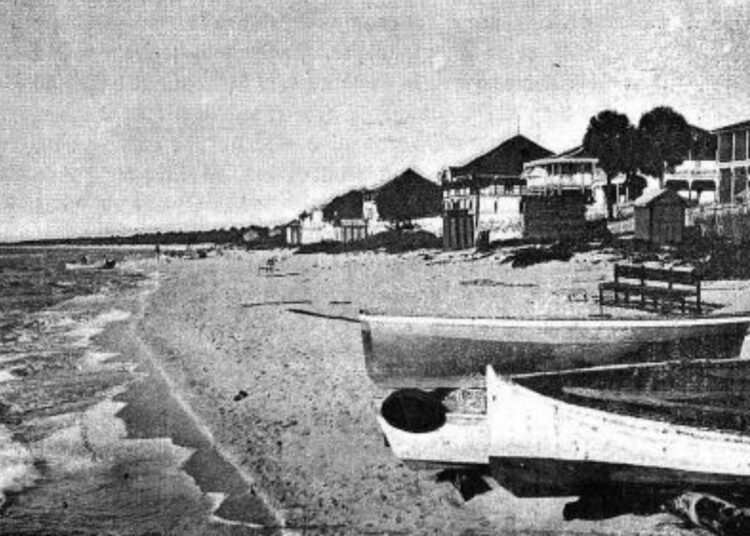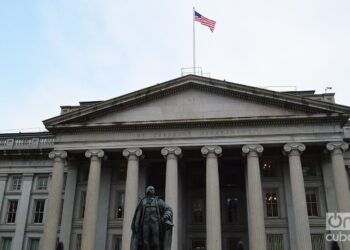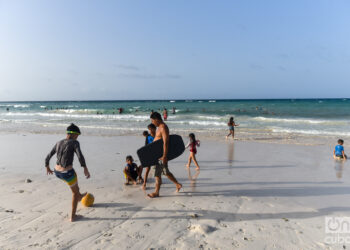Through the streets of Cárdenas, a centenarian old man who has lost his mind walked slowly, but still had the strength to shout out loud: “I am Bernardo Carrillo de Albornoz, Captain of Artillery, who fought against the English.”
The former officer owned several farms in the region, including some salt mines and the 1,140-hectare Varadero hacienda on the Hicacos peninsula, where he enjoyed the splendid beach, with very white sands and apparently, always crystal-clear waters.
Paradoxes of life: Don Bernardo will be remembered more for being the owner of those places than for his action against the English in 1762.
Moves
The heirs of Carrillo de Albornoz, in the mid-19th century, built the first homes, huts, and wooden houses with thatched roofs or Spanish tiles, in the place that would later be called the old Varadero, according to research by Ernesto Álvarez Blanco and Teresa Iglesias Oduardo.
It has been written, although without documentary evidence in this regard, that since 1815 Braulia and Casilda Carrillo de Albornoz, Bernardo’s daughters, together with families from Cárdenas, Camarioca, and Cantel, founded a town near Paso Malo.
The scourge of mosquitoes and gnats in that area, full of lagoons and swamps, caused the town to be abandoned. There was another, further east, built in 1819 on the land of Rosa González de Lara, mentioned in the 1827 Census. However, it disappeared as a result of the fury of a storm in 1832.
When Casilda Carrillo de Albornoz died, the hectares she owned of the Varadero hacienda were distributed, on October 11, 1837, among her children María del Pilar, Juan Bautista and María Luisa Souberville y Carrillo de Albornoz.
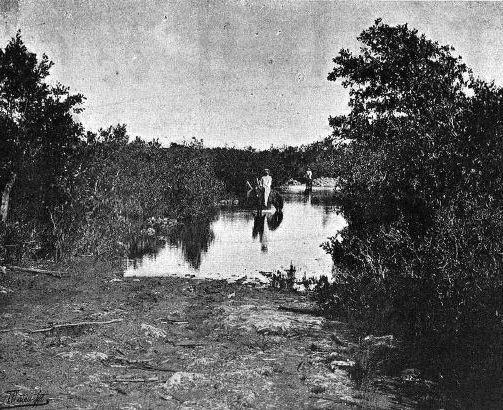
The history of Varadero is linked to the progress of Cárdenas, called the Pearl of the North. In 1844, according to data provided by José María de la Torre, in his Mapa estadístico de Cuba, in Cárdenas there were 40 breeding farms, 100 sugar mills, 128 coffee plantations, 178 pastures, 1,042 work sites, and 16 apiaries. The following year, 144 commercial establishments were registered in the main town. It also had a steamship service that connected it with other ports on the island and in different countries; it also enjoyed the advantages of communications by railway. Among the members of some Cárdenas families, with a comfortable economic position, we identified those who promoted the beach resort.
It is known from the old Varadero that, in 1871, Ramón Pagés, Emilio Biart, Epifanio Bertrán, and Eusebio García Ruiz, residents of Cárdenas, built four houses. Between 1872 and 1878 another 14 residences were built, according to studies by historian Oscar María de Rojas. But nature gave no respite. The gusts of wind, the intense and prolonged rains of a storm, only left Panchita García’s house standing.
A town was built on land that belonged to a farm owned by Rafael García Zalva. They began to call it the new Varadero at the beginning of the 1880s. The urbanization process proceeded slowly, without strictly adhering to regulations.
In 1883, Cárdenas residents Ramón Pagés, Joaquín de Rojas Cachurro, Carlos A. Bacot, Francisco Quian, Mamerto Villar and Francisco J. Larrieu, among others, built their summer houses there. They had founded a company that for 1,350 pesos, Spanish gold, purchased 268,404 square meters for the buildings.
By the way, Mamerto Villar can be considered one of the pioneers in the hospitality industry, since in his house he provided restaurant and lodging services. The entrepreneur expanded his business by growing coconut trees for commercial purposes. Antonio Torres Armengol created the Torres Kiosk, which sold several types of food and in 1888 he expanded the establishment, made of boards and a tile roof, with several rooms for rent.
Another precursor, in this case a foreign investor, was the German Salomon Stemberger, who had a farm, called Varadero, adjacent to Rafael García Zalva’s hacienda.
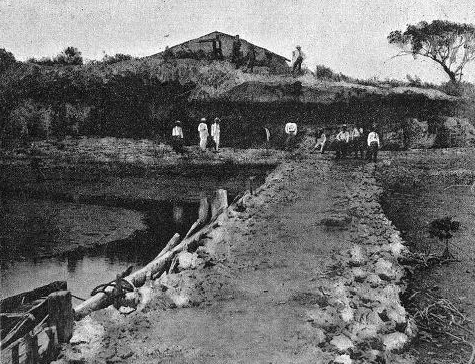
Daily life
Ernesto Blanco and Teresa Iglesias say that in those times:
The main attractions of the future resort were — in addition to the fine, white sands, the crystal-clear waters and the paradisiacal and virgin natural landscapes — the cart trips from Cárdenas to Varadero crossing the Paso Malo canal, hunting, fishing, the few beach baths, ball games, swimming competitions, theatrical performances, cultural evenings, serenades, nighttime forays along the beach and the presence of gypsies and puppeteers in the area.
Interest in cultural activities contributed to the creation of the Recreo Varadero Sport Club society. Through the Diario de la Marina we learned more details of the daily life of yesteryear. The summer season began in June and ended in October. Then only eight or ten families of the local fishermen remained. In the 1880s, there was a small steamship named Varadero that connected Cárdenas with the resort on a daily basis. By order of its owners, in the summer of 1889, it transported twenty children on weekdays, without charging them fare. At 3 in the afternoon, the ship left for the “pleasant town.” Before boarding, the children had to show a medical prescription to be able to enjoy the free service. They remained in the waters for an hour and fifteen minutes before returning to Cárdenas.
Since 1885, the ship was part of a regular passenger and cargo transportation service along with the steamers Caridad, Isabel Luisa, Saratoga, El Cometa, Cárdenas and Enrique.
The businessman Juan Antonio Barinaga, who took his wife to the beach to improve her health, recalled in his Recuerdos, viajes y reflexiones:
To those beautiful American-style houses…that overlook the Florida Channel and in whose pale blue waters the beautiful Cárdenas women immerse their bodies. These houses have a wide street in front of them, with very white sand that they call La Torrontera and some, their hut on the same shore, for bathers to dress. The neighbors of those who do not have a hut come out of their houses with their bathing suits that they cover with the white quilt, in such a way that they look like bathrobes and wearing espadrilles. In the afternoons, the custom is for the young women to walk along the bank with Cárdenas and its jurisdiction and have the gathering right there, sitting on the armchairs and benches that diligent friends have already brought from their respective homes.
Another illustration from the time, published on July 27, 1892, by the Diario de la Marina, tells us:
The town is built of wood and the modern houses that face the northwest beach have one or two floors, with exterior galleries on all four sides and all with land for small gardens, reminiscent of those in Vedado, in the capital. The houses are dotted here and there, without plan or concord, whose circumstance, combined with the ruggedness of the terrain, gives it a particular appearance.
The official date of the founding of Varadero is recognized as December 5, 1887, the day on which the Cárdenas City Council approved the project of surveyor José López Martínez, a proposal that would organize the city into 40 blocks, divided into 105 plots.
Varadero became a must-visit place for personalities who came to the cities of Cárdenas and Matanzas. In 1889 Manuel Salamanca, Captain General of the island, after inaugurating the Cárdenas power plant, was honored by the main families who were at the resort during the summer season. Ecstatic, he enjoyed the beauties of the place and exclaimed that he “would live contentedly and die with pleasure there.”
The authorities showed his counterpart, General Camilo García de Polavieja, the progress of the town on September 2, 1891, when he was on a tour of Matanzas. In 1894 the famous Cuban violinist Rafael Díaz Albertini (1857-1928) was there.
In Havana, during Holy Week and the summer, excursions would be organized by train to show the advances of the city of Cárdenas and the natural benefits of Varadero. The price of the ticket, which included the round trip, was 2 pesos.
Concern over the war
Due to its privileged geographical position, it was the scene of some actions during the independence struggles. One of the most notable was the landing of Brigadier Carlos Agüero, with a group of veterans from previous wars, on April 4, 1884. They had traveled on the schooner Adrián from Key West. After fighting for eleven months, in different territories, the detachment was decimated and Agüero was murdered by one of his subordinates.
The memory apparently remained alive in the memories of the homeowners in Varadero. Fearful of losing their possessions, in the last independence struggle they financed the construction of a barracks to house the garrison stationed there, with the capacity to house about 40 people. Meanwhile, the nearby waters were monitored by a boat called La Caridad.
The measures could not prevent the insurrectionary general Enrique Collazo, with an expedition of 57 combatants and supplies transported on the Three Friends steamship from the United States, from landing on the beach on March 17, 1896. On June 20 of the same year another expedition arrived, this time transported on the Comodoro, under the orders of Ricardo Trujillo.
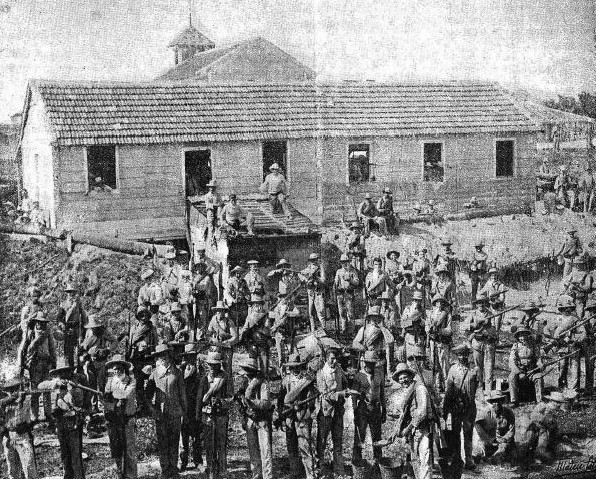
The Spanish authorities increased their vigilance, so some seasonal tourists took the risk and returned to enjoy the summer. In August 1896, the Diario de la Marina correspondent in Cárdenas reported:
This beautiful beach, the best in America, as they say, is coming to life, as several families have already moved there, once the idea that the insurgents could strike at that point has faded.
The fortification works carried out there, which I have had the opportunity to appreciate, have contributed to this animation. In addition, there is a guard on the dock. All forces are commanded by Lieutenant José Guado.
However, the place, in the middle of a conflict, was always subject to concerns. Several hundred farmers settled there during the reconcentration decreed by Weyler. And they had a tremendous scare on July 4, 1898, when U.S. ships bombed the Punta Hicacos salt mines and the Spanish fort of Camacho. The Spanish troops, commanded by General Juan Figueroa, stationed in Varadero, resisted until the end of the U.S. blockade.
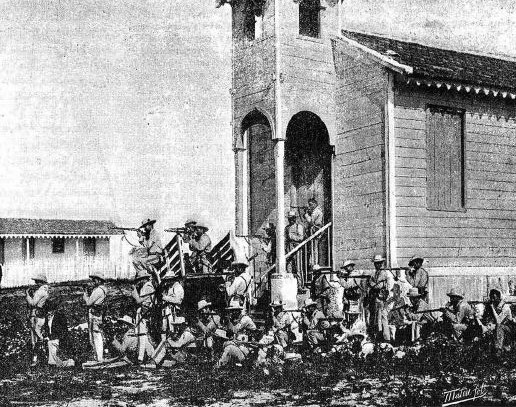
Once the conflict ended, wealthy businessmen and high-ranking government figures, including the vice president of the Republic Domingo Méndez-Capote and Dr. Ricardo Dolz, president of the Senate, would spend the summer at the resort; Domingo, a native of Cárdenas, had been doing so since before the war, where he reached the rank of general. Varadero’s fame would continue to consolidate and would impress travelers like José R. Villaverde who narrated what he saw like this:
The small houses scattered here and there, simple and whimsical, look like artistic dovecotes from afar. Almost all of them extend along the beach, a few meters from the sea, and bathers come out in European-style costumes to immerse themselves in the calm and caressing waves.
The slope of the beach is very gentle, to the point that it is necessary to go very deep for the waters to cover the bathers, who resemble white seagulls playing on the surface. Nothing as fine, as white, as delicate as the very fine sands of the beach… Everything is beautiful in Varadero: the heights from which you can view picturesque landscapes, the lagoon full of reeds, through which you can see the water shining, the birds that cheer it with their trills, and… the seasonal women bathers that communicate animation and life to it.
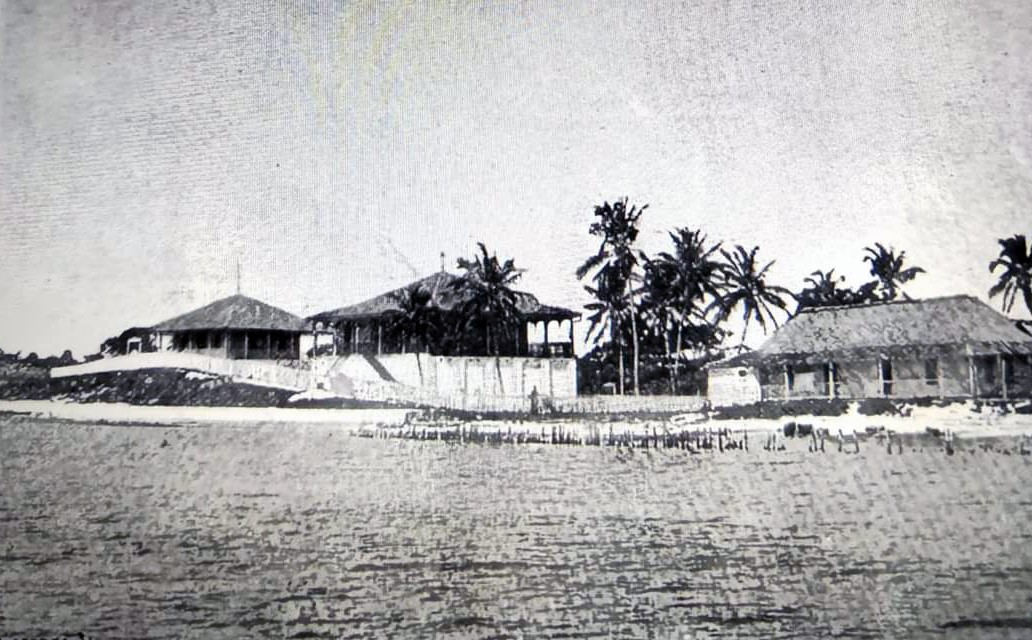
A few decades later, with its extraordinary beaches, regattas, mansions, hotels, and national and international social events, Varadero would position itself as the luxury resort preferred by tourists. It has been, since then, a constant topic in advertising guides, dedicated to promoting Cuba’s leisure industry. Who would have imagined, among the descendants of Don Bernardo Carrillo de Albornoz, such a bright future for that itinerant town?
________________________________________
Sources
-
- Herminio Portell Vilá: Historia de Cárdenas, Cuba Intelectual Graphic Workshops, Havana, 1928.
- Ernesto Álvarez Blanco and Teresa Iglesias Oduardo: Varadero: De caserío a centro turístico de relevancia nacional e internacional (1883‒1958), Ediciones Matanzas, 2008.
- Diario de la Marina
- Social

